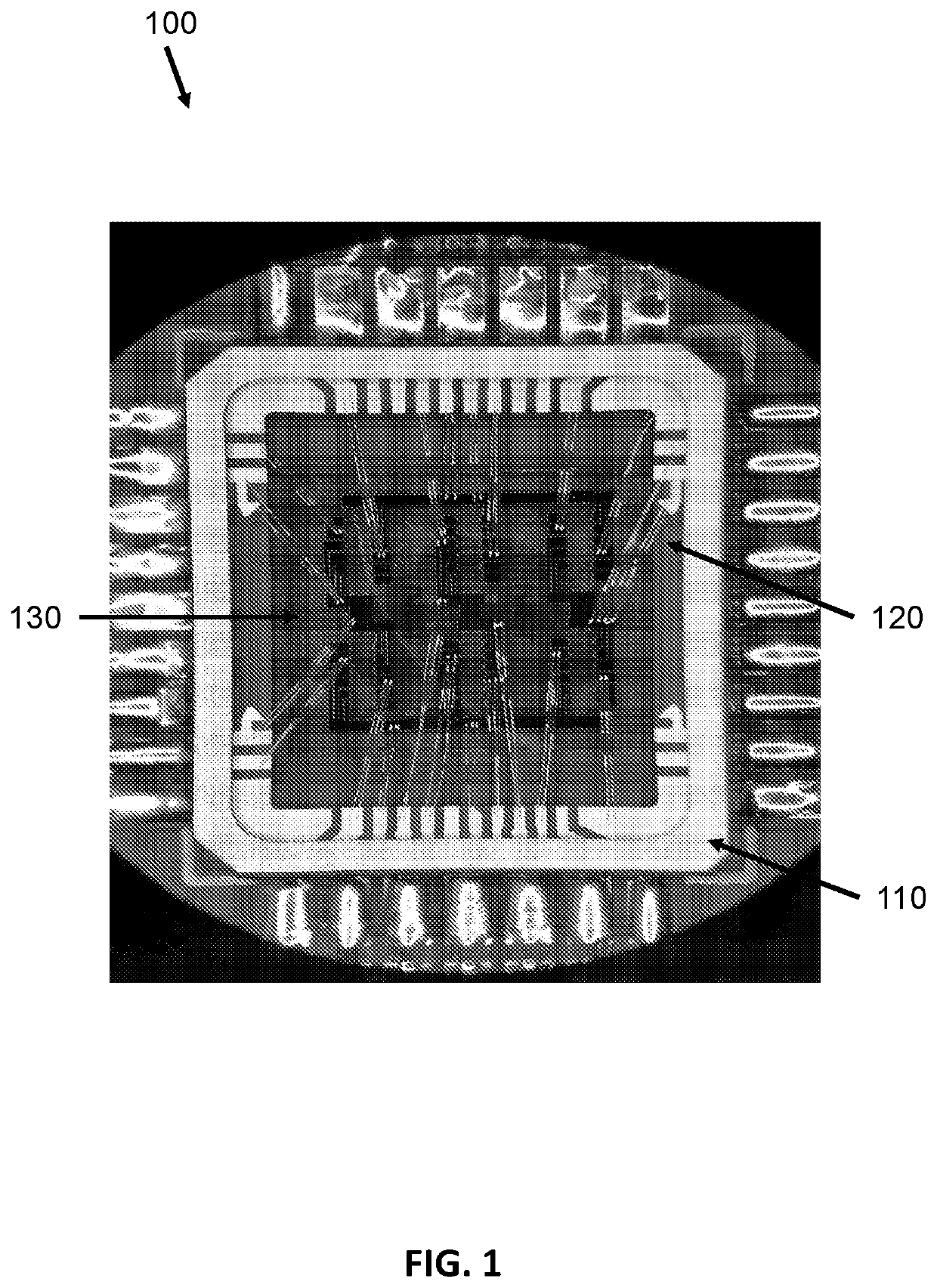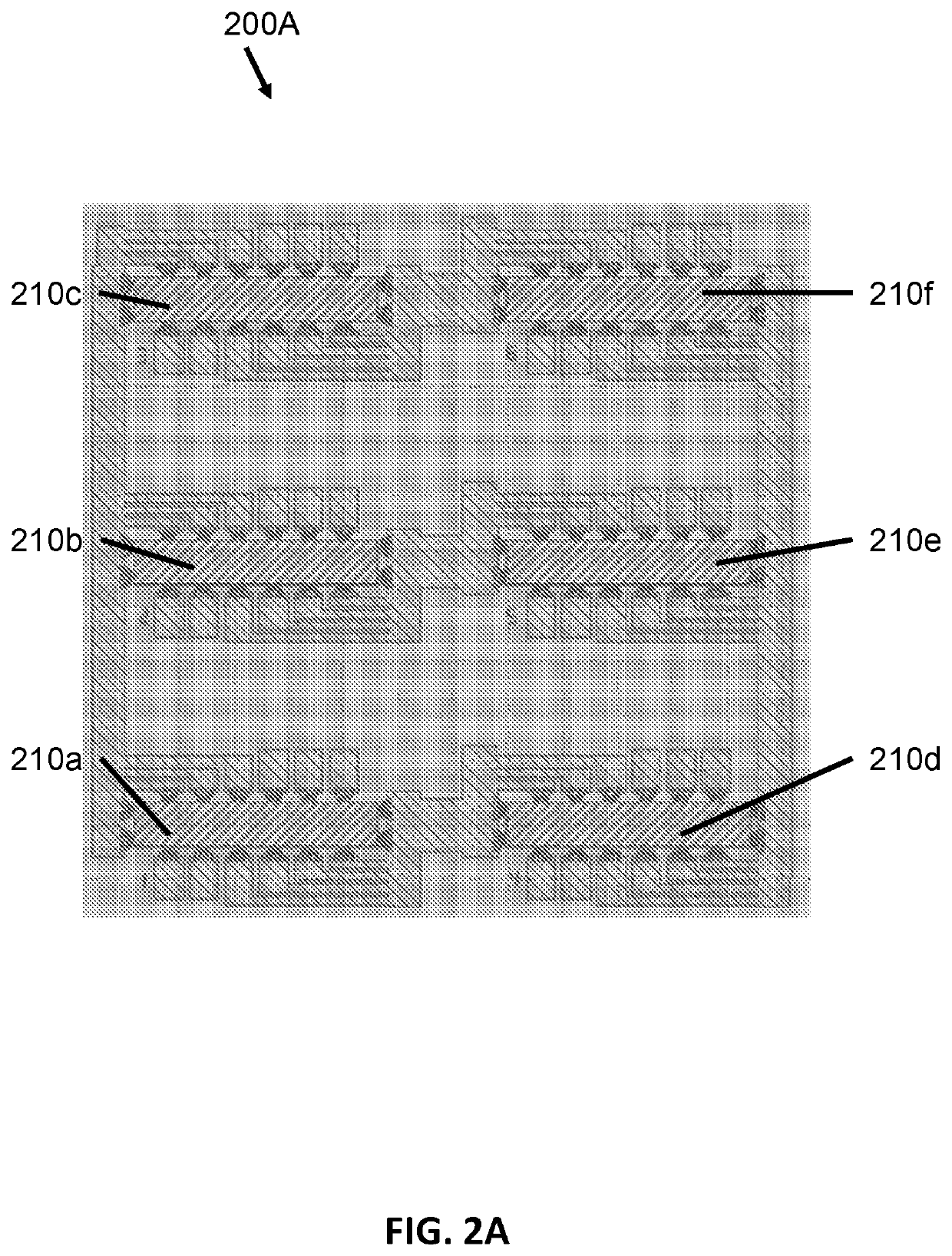Systems, devices, and methods for resistance metrology using graphene with superconducting components
a superconductor and graphene technology, applied in the field of resistance metrology, can solve the problems of accumulated internal resistance, unwelcome hall resistance contributions, slow electrical properties, etc., and achieve the effects of improving contact geometries, improving resistance standards, and prolonging the life of quantum hall resistance apparatuses
- Summary
- Abstract
- Description
- Claims
- Application Information
AI Technical Summary
Benefits of technology
Problems solved by technology
Method used
Image
Examples
Embodiment Construction
[0043]The present disclosure relates to systems and methods for making a quantum Hall resistance device for resistance metrology. The quantum Hall resistance device includes a network of Hall bar elements, which can be configured to make a resistance standard, which can be used for resistance metrology. The Hall bar elements are made of graphene and connected to contacts, which are made of superconducting material so as to decrease resistances between the Hall bar elements and the contacts. The graphene is epitaxially grown on a substrate and shows electrically improved conductivity.
[0044]When the graphene is chemically functionalized, the carrier density may be controlled or stabilized under ambient conditions, thereby enlarging the life of the quantum Hall resistance devices.
[0045]FIG. 1 shows a quantum Hall resistance device 100 in accordance with aspects of the present disclosure. The illustrated quantum Hall resistance device 100 includes a leadless chip carrier 110 and an arra...
PUM
 Login to View More
Login to View More Abstract
Description
Claims
Application Information
 Login to View More
Login to View More - R&D
- Intellectual Property
- Life Sciences
- Materials
- Tech Scout
- Unparalleled Data Quality
- Higher Quality Content
- 60% Fewer Hallucinations
Browse by: Latest US Patents, China's latest patents, Technical Efficacy Thesaurus, Application Domain, Technology Topic, Popular Technical Reports.
© 2025 PatSnap. All rights reserved.Legal|Privacy policy|Modern Slavery Act Transparency Statement|Sitemap|About US| Contact US: help@patsnap.com



